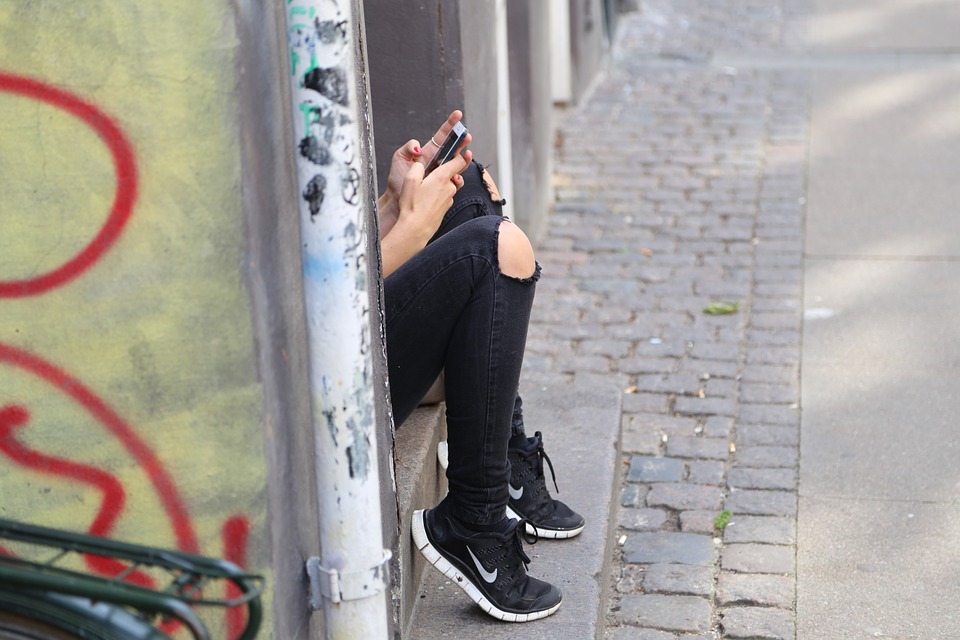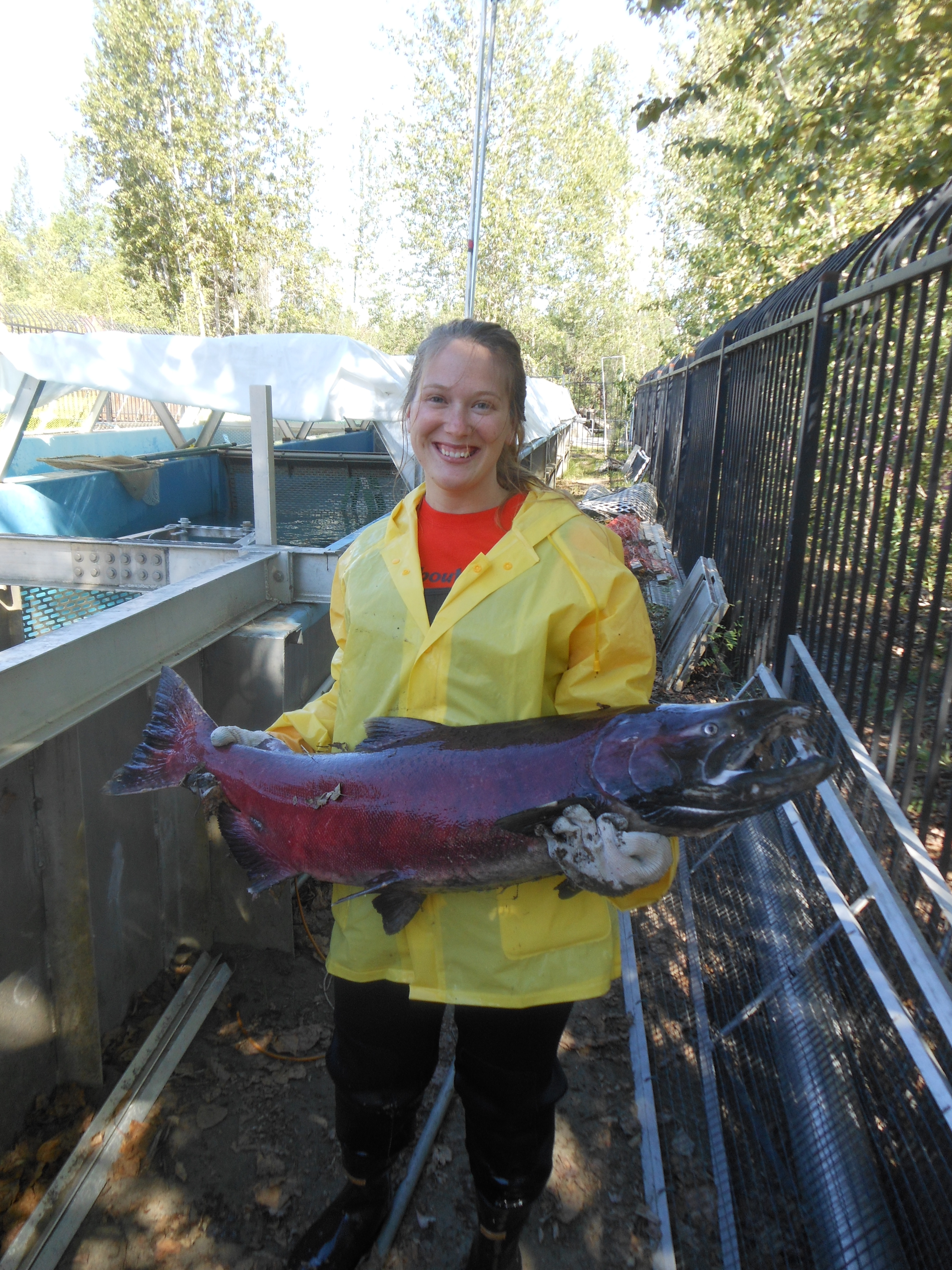by Annie Thorndike
Almost all of us know someone who has or currently cuts themselves. It’s become so common these days that some people even joke about it; there’s a popular satirical diagram circling the internet reminding kids to “cut down the river, not across the street.” However, it wasn’t always this way. Cutting and self-mutilation, also known as NSSI (non-suicidal self-injury) was not a popular coping method until very recent years. A few decades ago, medical professionals would have likely reacted the same way as Leonard Sax, M.D, who described it as “weird” when he witnessed a case of self-harm in 1985 as a Psychiatry resident. In the early 2000’s, cutting was known as something only present in Goth culture, and was not something that was a widespread concern. Now, 12-23% of all adolescents have engaged in self-harm.
The most widespread theory for why cutting has increased in popularity is one we’ve all heard before: peer influence. If an adolescent’s best friend cuts or harms themselves, the adolescent will have a higher risk of self-harm, even though they never had a desire to do so beforehand. This theory applies to many other risky behaviors, such as gang involvement and drug use. Psychology Today conducted a study in which teens were asked to identify their best friends, and state whether or not their best friend or themselves engaged in self-harm. They asked the same group of teens the same questions a year later, and found that they were more likely to pick up the habit in the following year if their best friend was cutting. The same results applied to adolescents in an inpatient facility for severe stress.
Another idea about the increasing prevalence of self-harm is its popularity in the media. The University of Boston explains that celebrities have come out about self-harm, and this could play a role in a young person’s decision to cut. It’s true, many celebrities, including Fiona Apple, Demi Lovato, Megan Fox and Angelina Jolie have opened up in interviews about their cutting, but, from the perspective of a young person, the real culprit of cutting popularity is Tumblr, the social media network of blogs that many young people spend hours on, and it’s romanticism of risky behaviors. Tumblr almost defines the millennial generation, as it is a place where people can find community on the internet. This is a blessing and a curse. Tumblr allows a person the freedom to post pictures of cutting without people immediately assuming anything about them, and so, they do. In my explorations of Tumblr I have stumbled across the self-harm community, and what I’ve noticed is how romantic the tumblr community makes self-harm to be. When you search the hashtag “cutting”, what you get is high-quality black-and-white photos of deeply scarred arms or blood going down a drain with typewriter-font quotes over them. Examples of these quotes include “we’re too young to let the world destroy us,” and “this is my escape.” These are well-designed photos, and the blogs that repost them usually are extremely well-maintained. In my experience, the popular idea is that if someone has cut themselves or is depressed, it makes them seem more virtuous. Also, the idea that sadness is beautiful has become more popular in recent years. Lana del Rey, the enigmatic pop star, perfectly embodies this trend. The video for “Ride”, a single off her second album Honeymoon, begins with a 6 minute monologue about her troubled past. The following quote plays over a scene of her walking the streets outside a motel at night looking lovely, but extremely forlorn. “I was a singer, but not a very popular one. I once had dreams of becoming a beautiful poet, but a series of unfortunate events saw those dreams dashed and divided, like a million stars in the night sky that I wished to over and over again, sparkling and broken.”
No longer is self-harm an act restricted to “emos” or “goths” as it used to be, but it is now a well-known coping mechanism for any kind of young person. From the perspective of researchers, adults, and parents, the causes may be related to peer influence. From the perspective of a young person, specifically myself, the causes of self-harm popularity come not from person-to-person peer influence, but more from blog-to-blog. With millennials immersed in social media and their desire to find community, this may lead to depressed adolescents seeking refuge in self-harm, after being inspired by others on Tumblr. When adults and researchers finally come to terms with where adolescents spend most of their time – the internet – the causes of self-harm may be finally understood and addressed.
[divider]
Annie Thorndike is an Early Honors freshman and was born and raised in Anchorage. She is planning on attending design school after graduating. She loves movies, music, and traveling.






2 Comments
Christina
Interesting and true. Thank you for sharing. More people need to know this is a problem that can be stopped. Cutting is not a helpful coping mechanism and is even somewhat addicting behavior. I can see how the internet has a huge influence on young teens. It’s important that your paper has been published and hopefully the right people will read it. You’ve made a difference just by sharing your thoughts.
Edward Yang
This article made me consider a lot since I had a pretty dark time in my early life. It is a terrifying truth that “hurting ourselves” could be a solution for us to temporarily escape the depression, and the feeling of being released could cause us addict to self-harm.
Many people found their way out with their families/friends/doctors’ helps, but I unfortunately, I did not get any of them. I am glad that I passed all these hard times in my life by myself, and they taught me lots of priceless lessons.